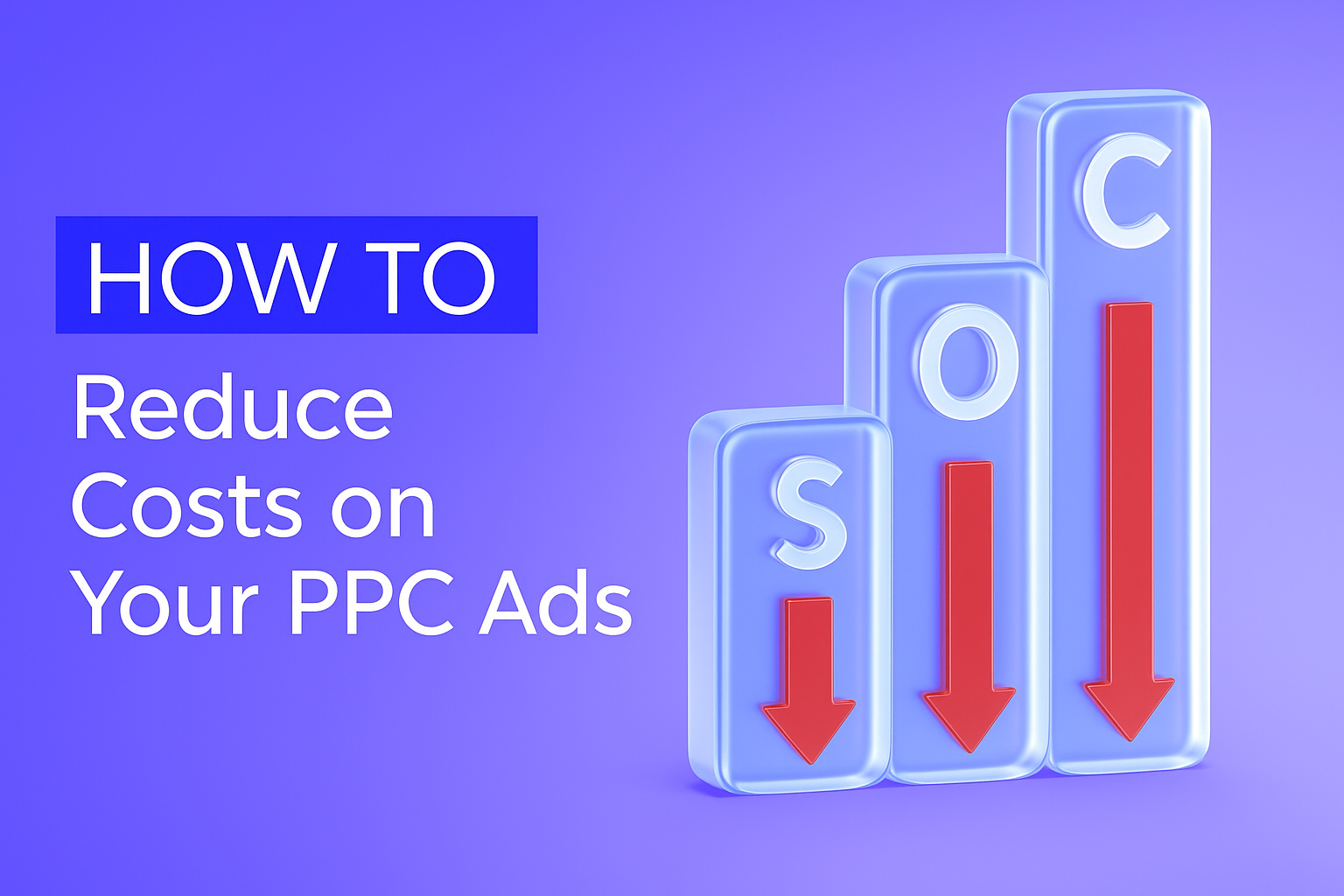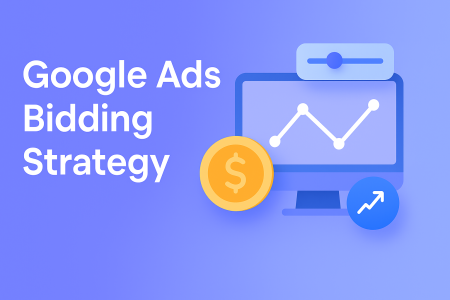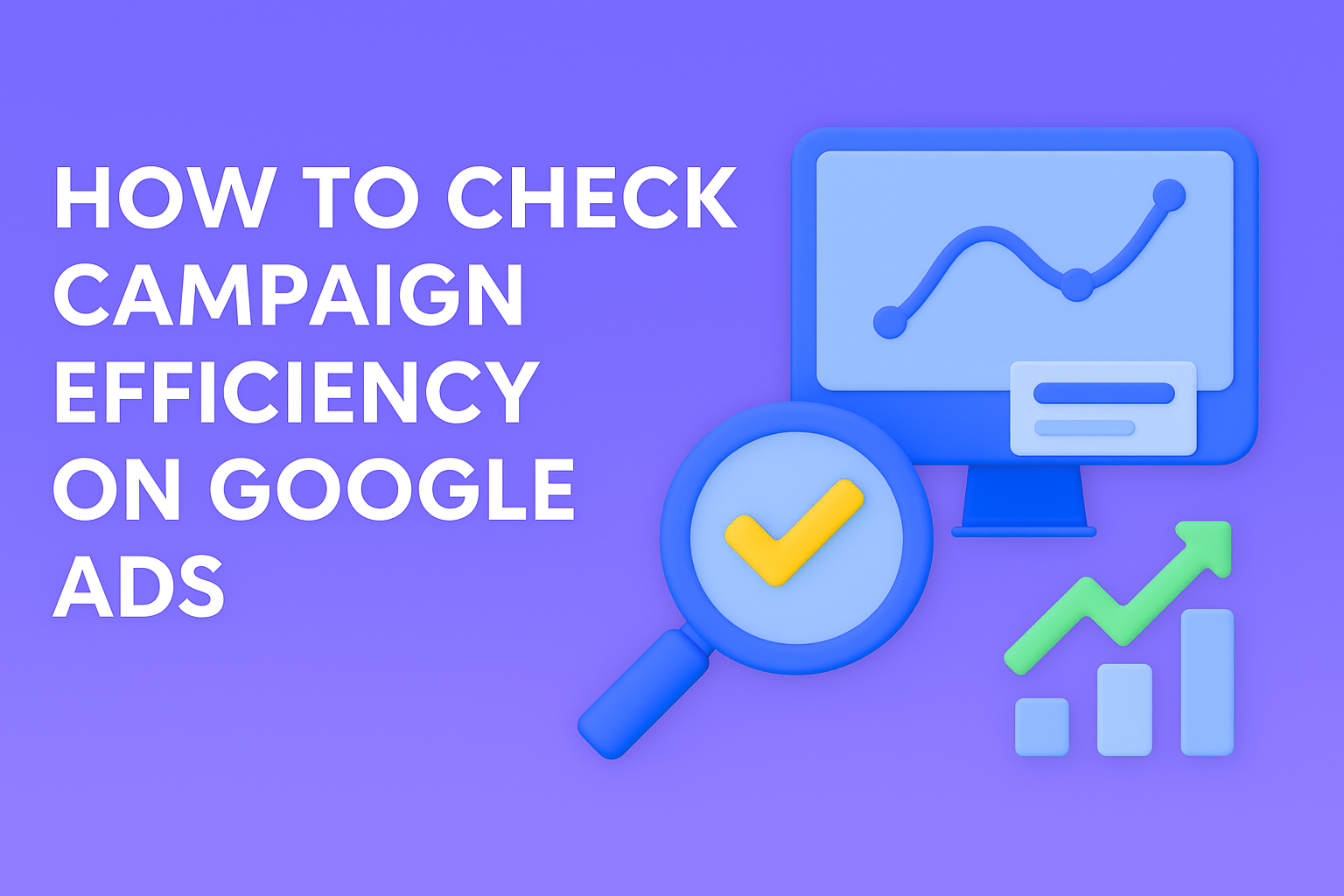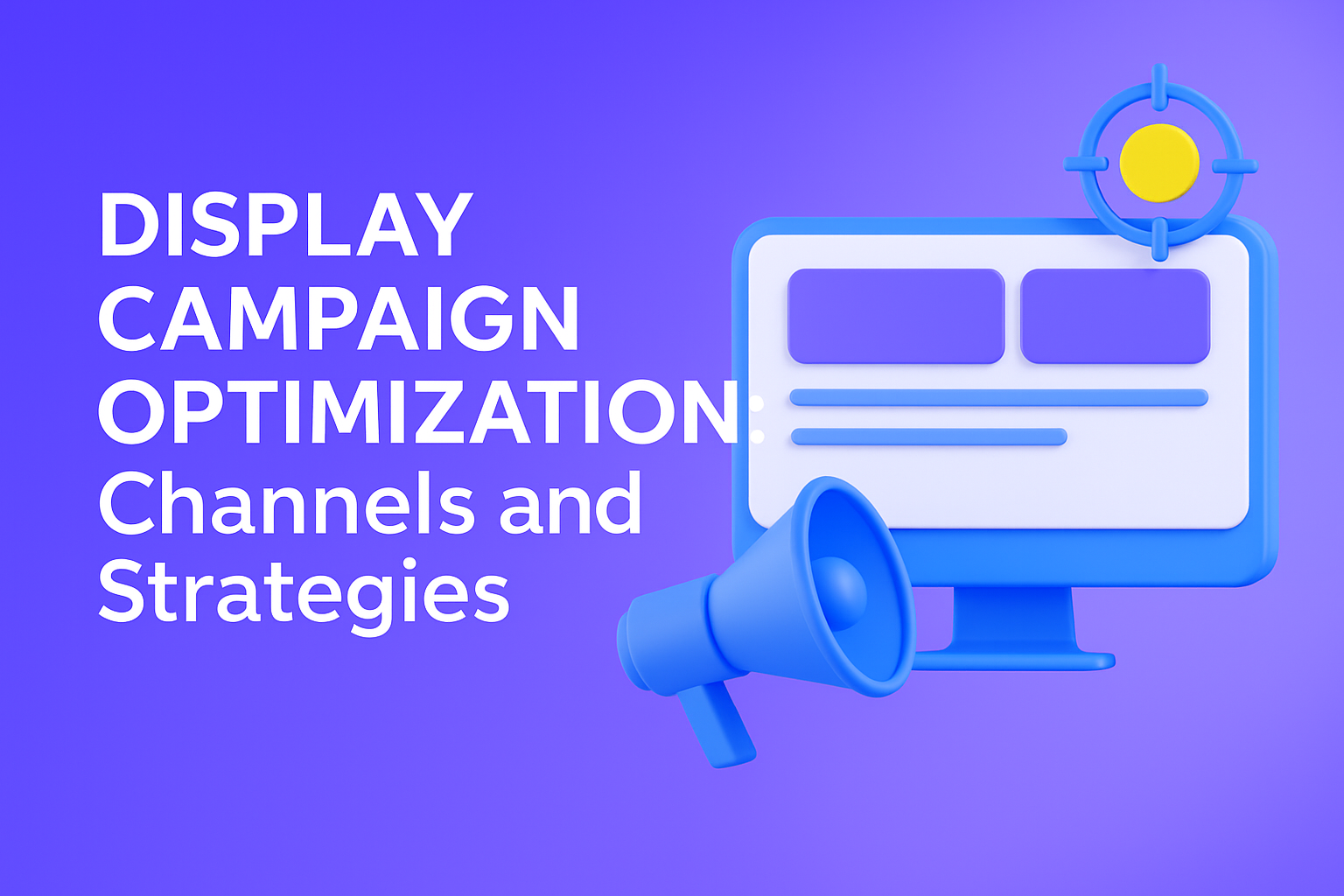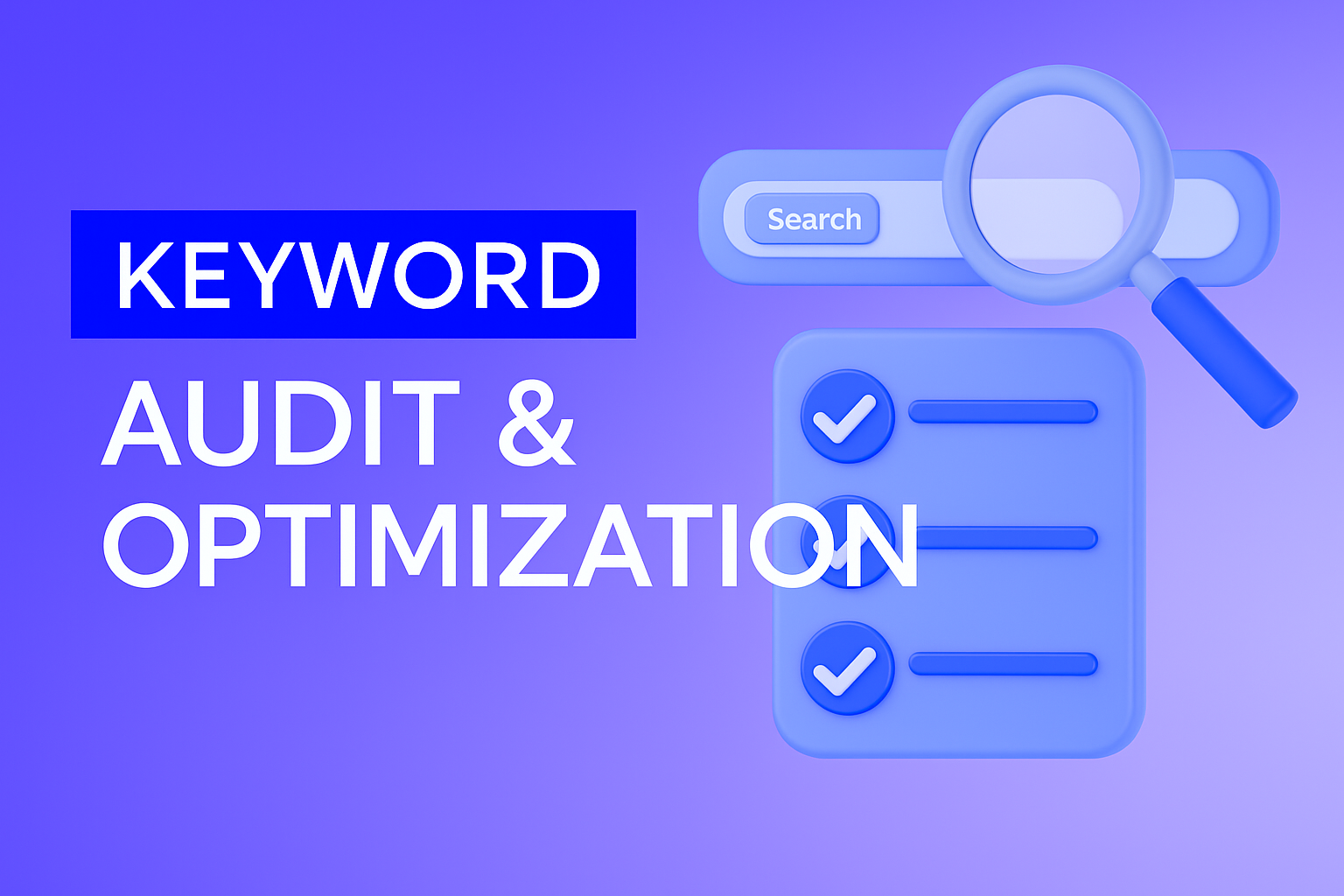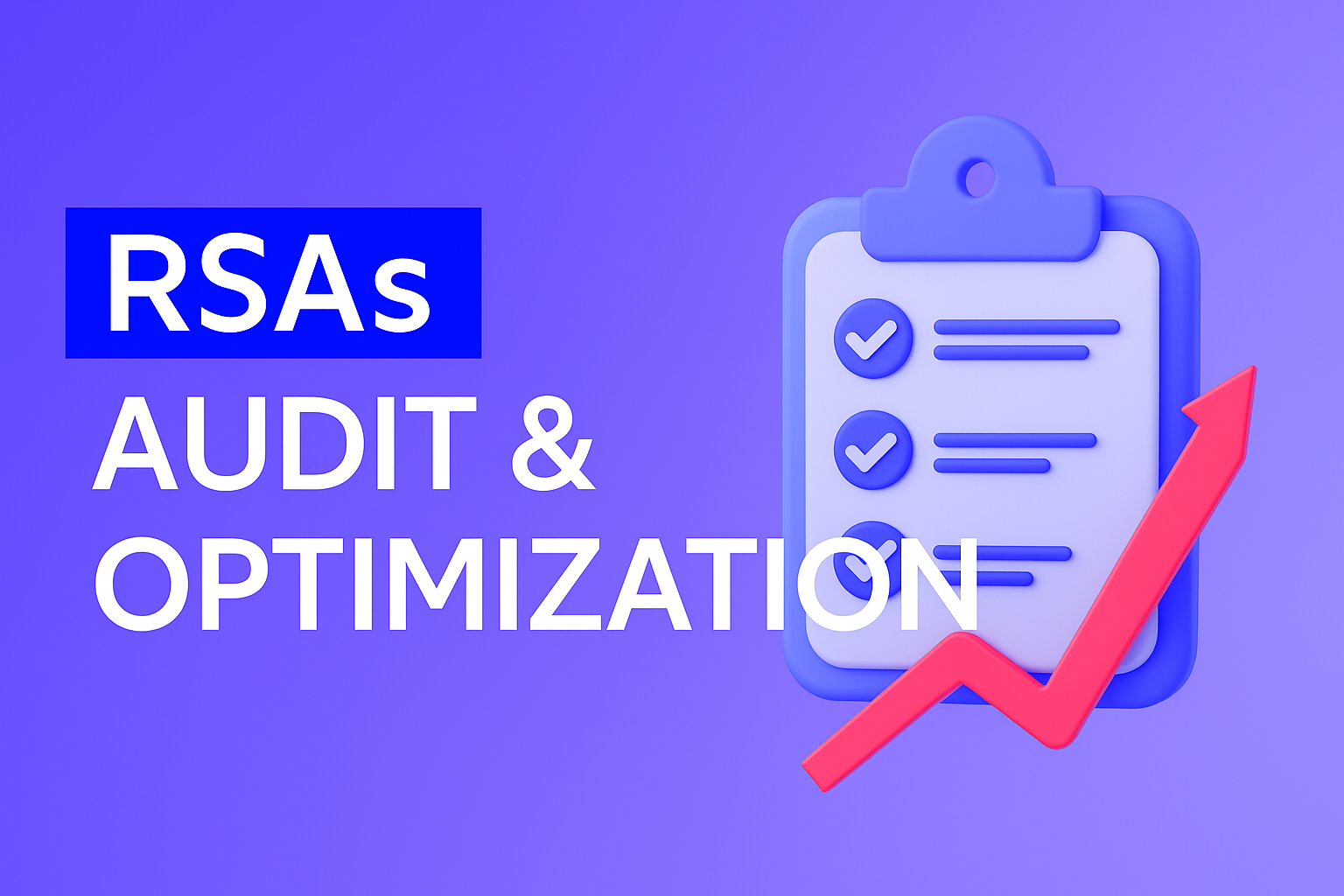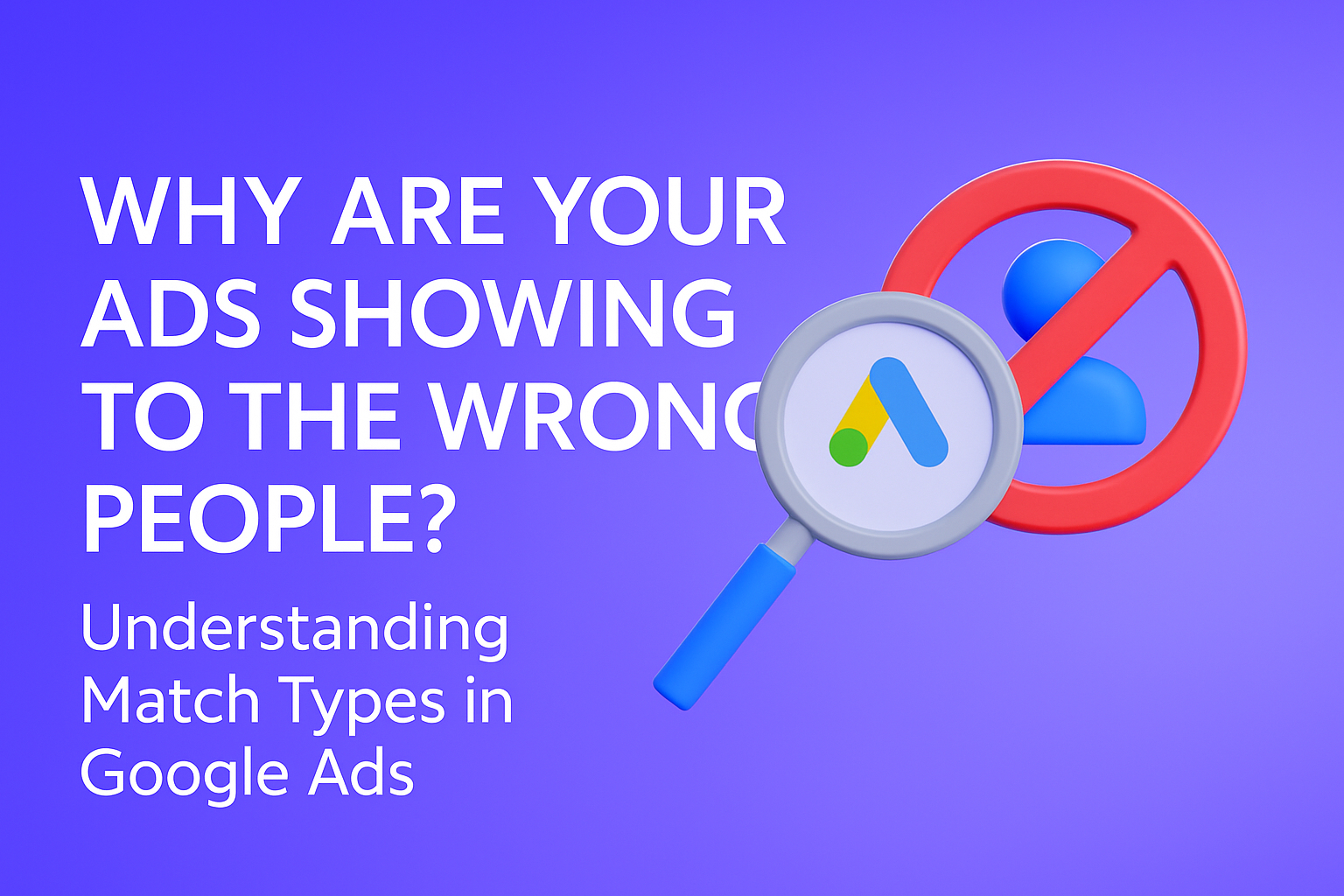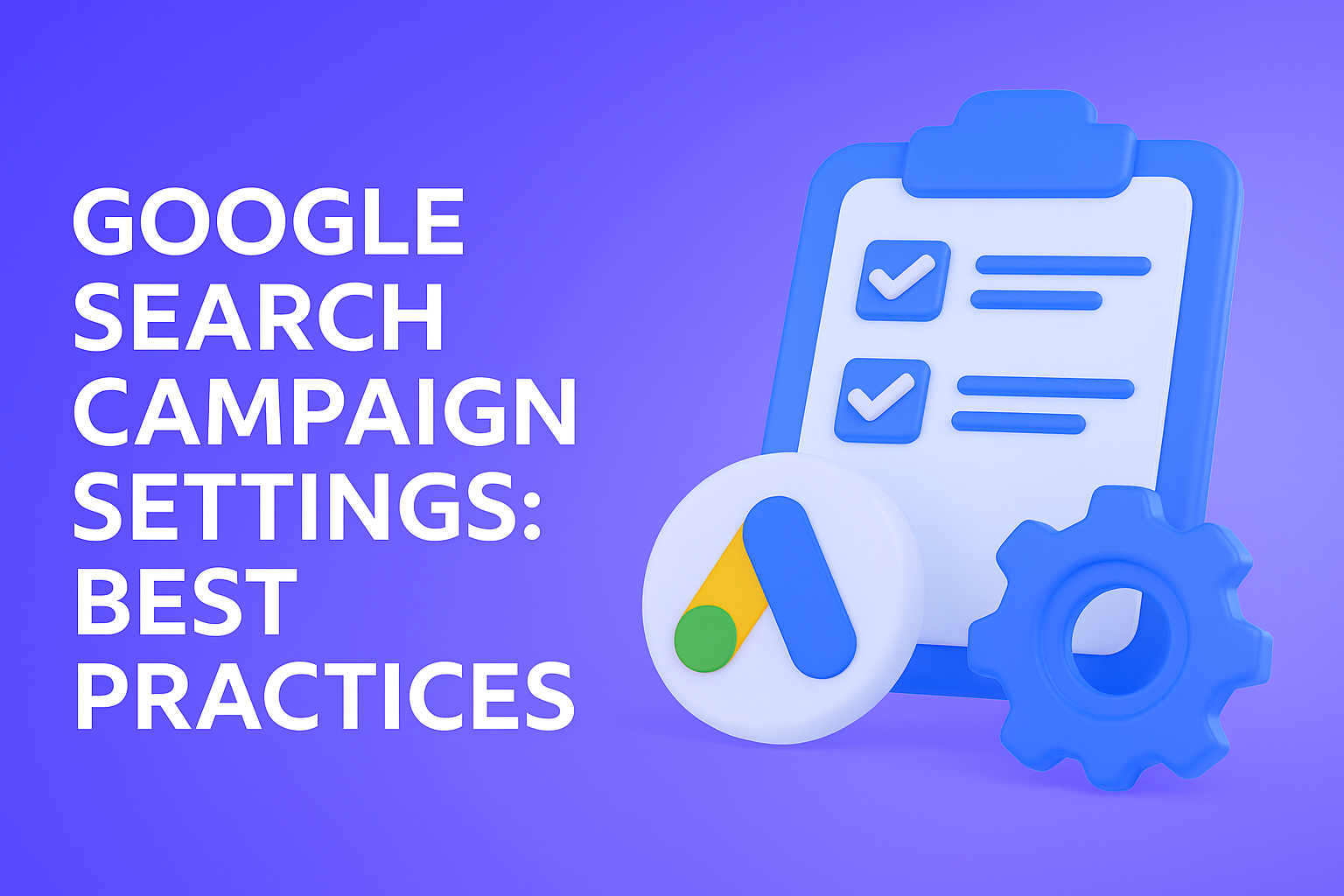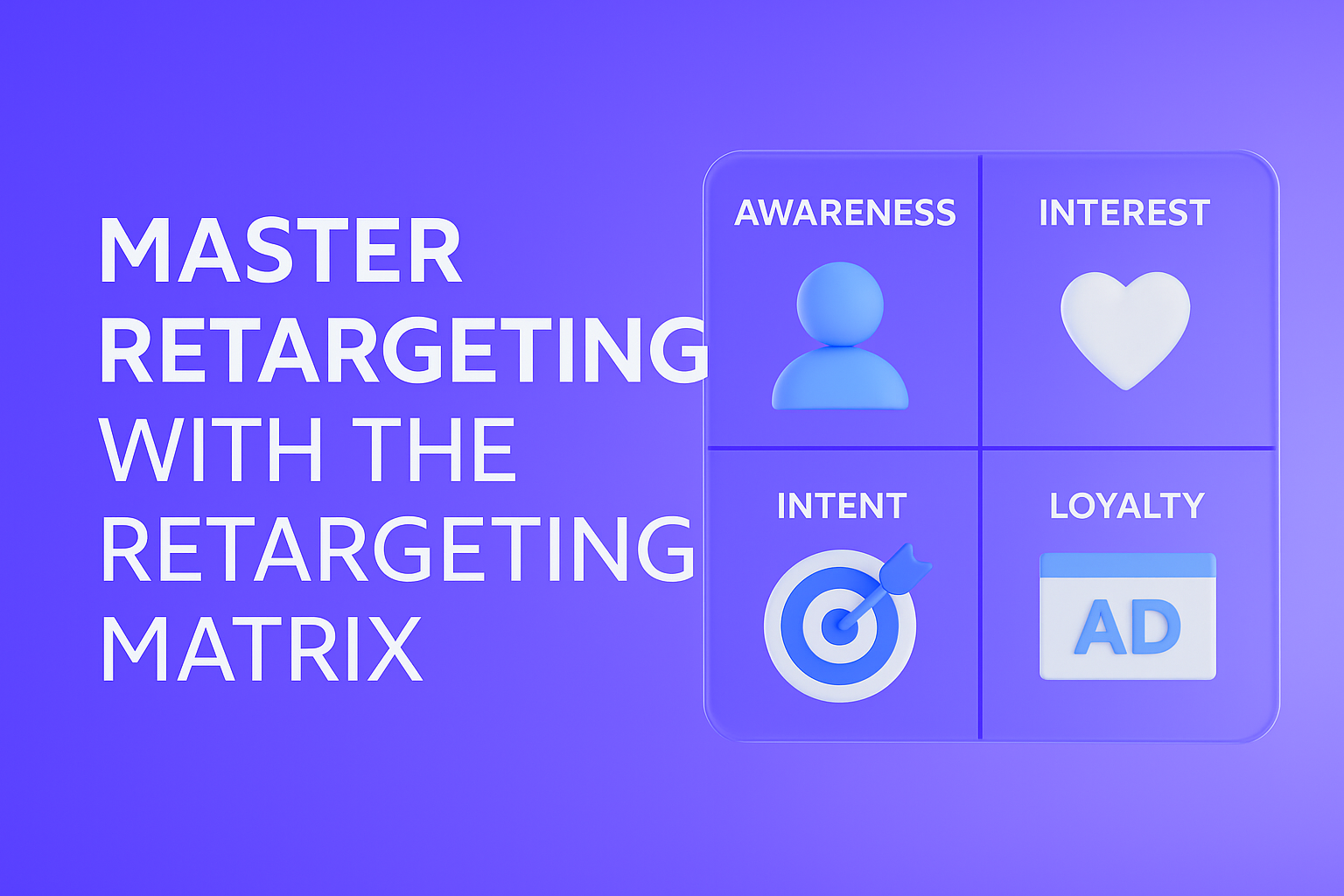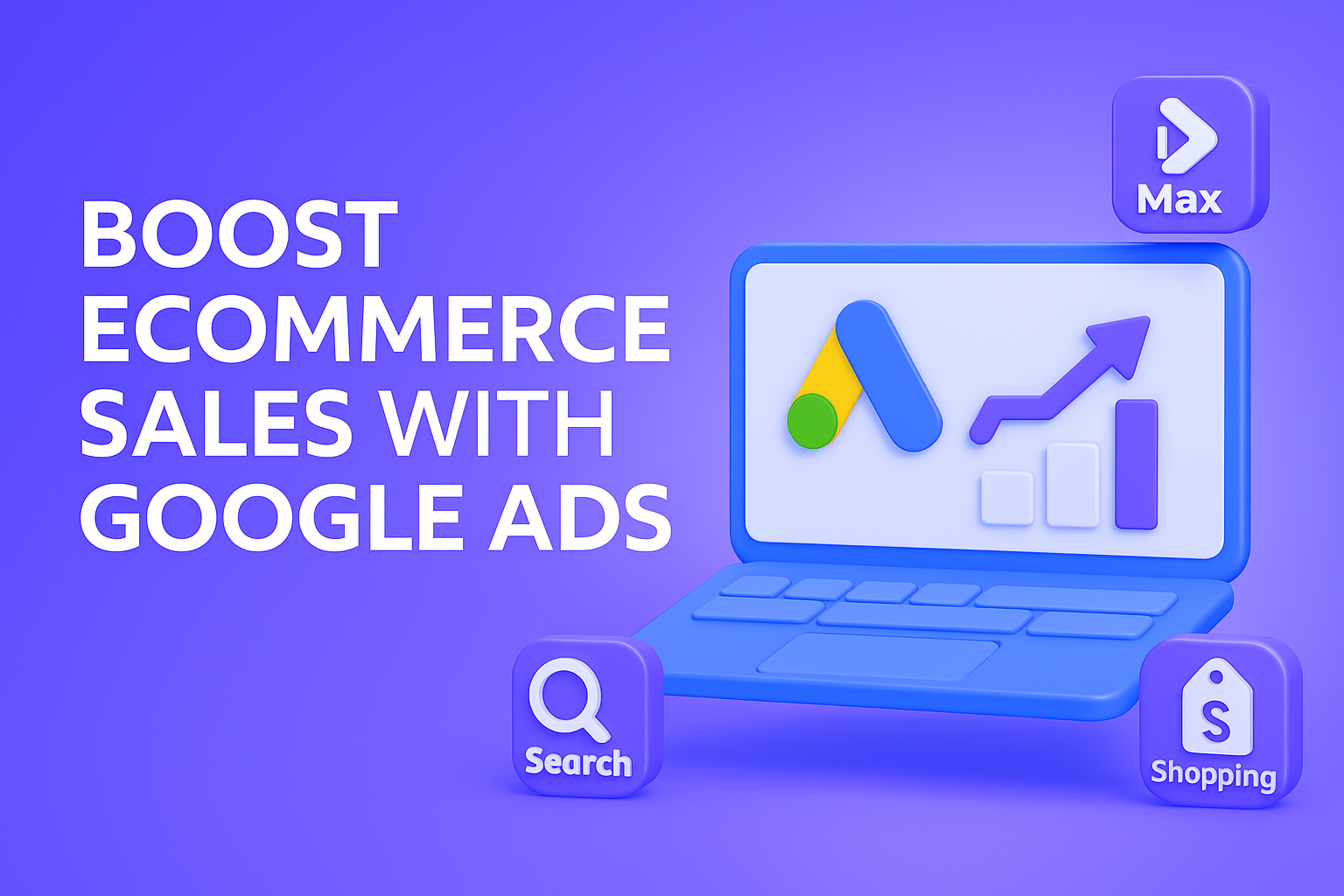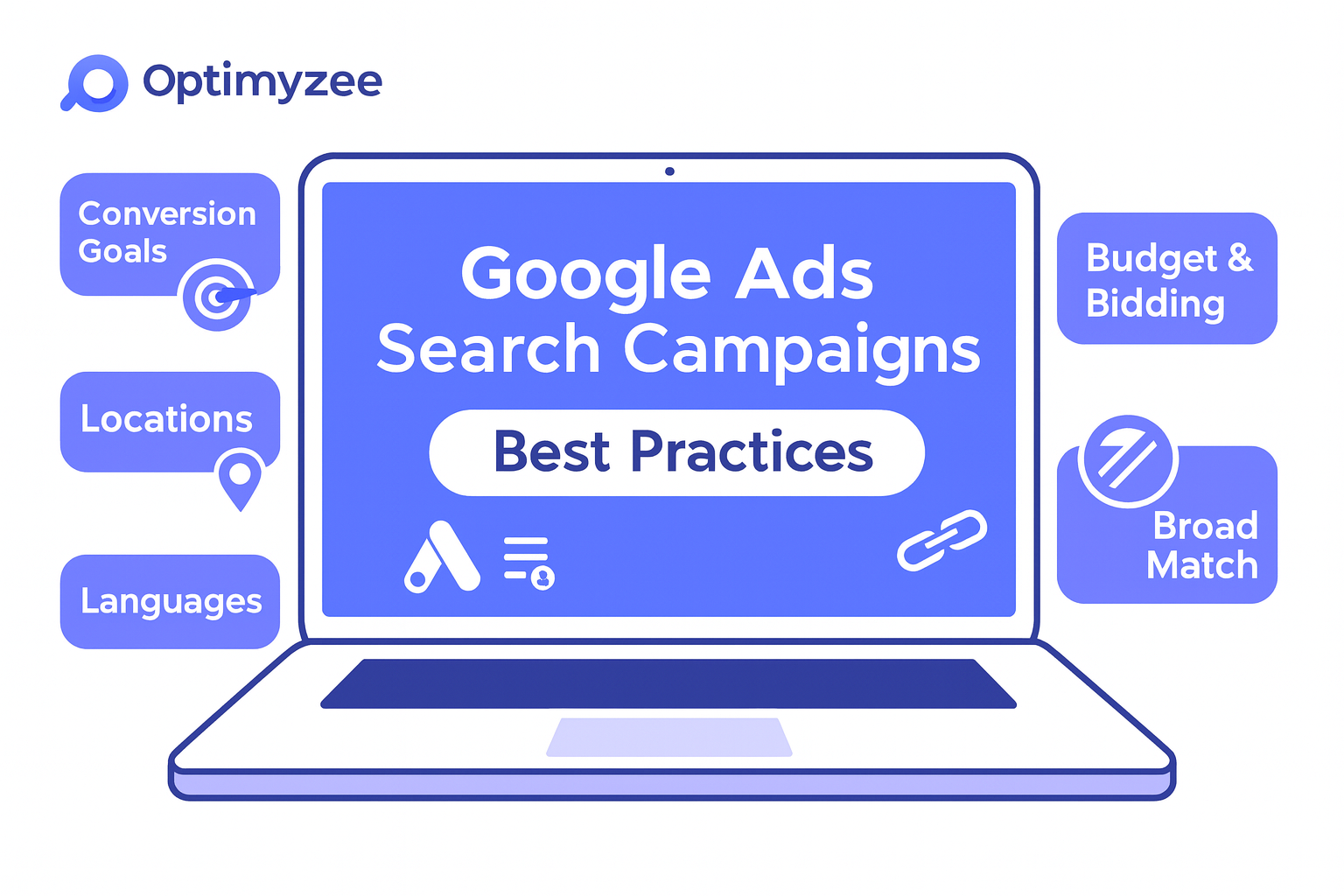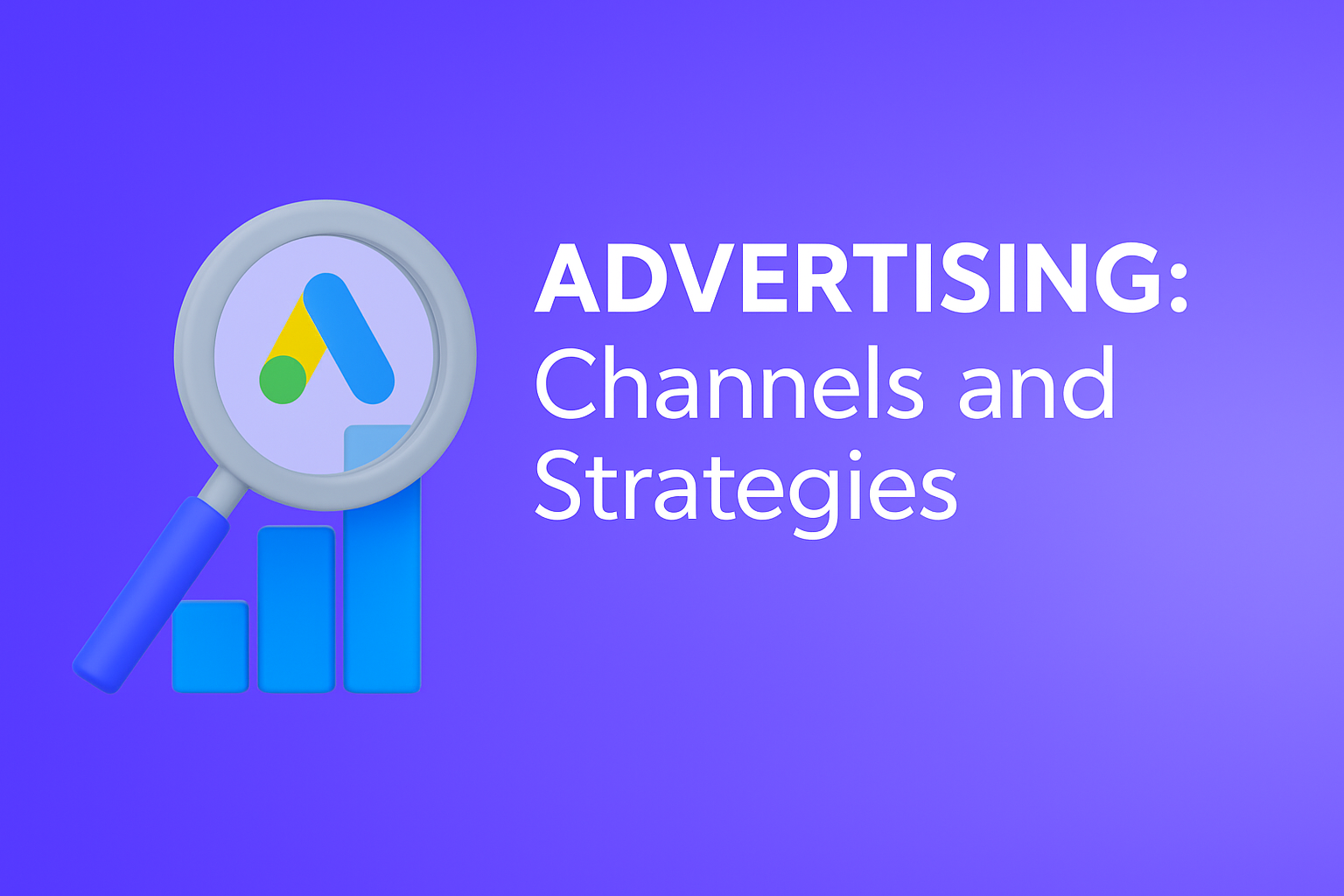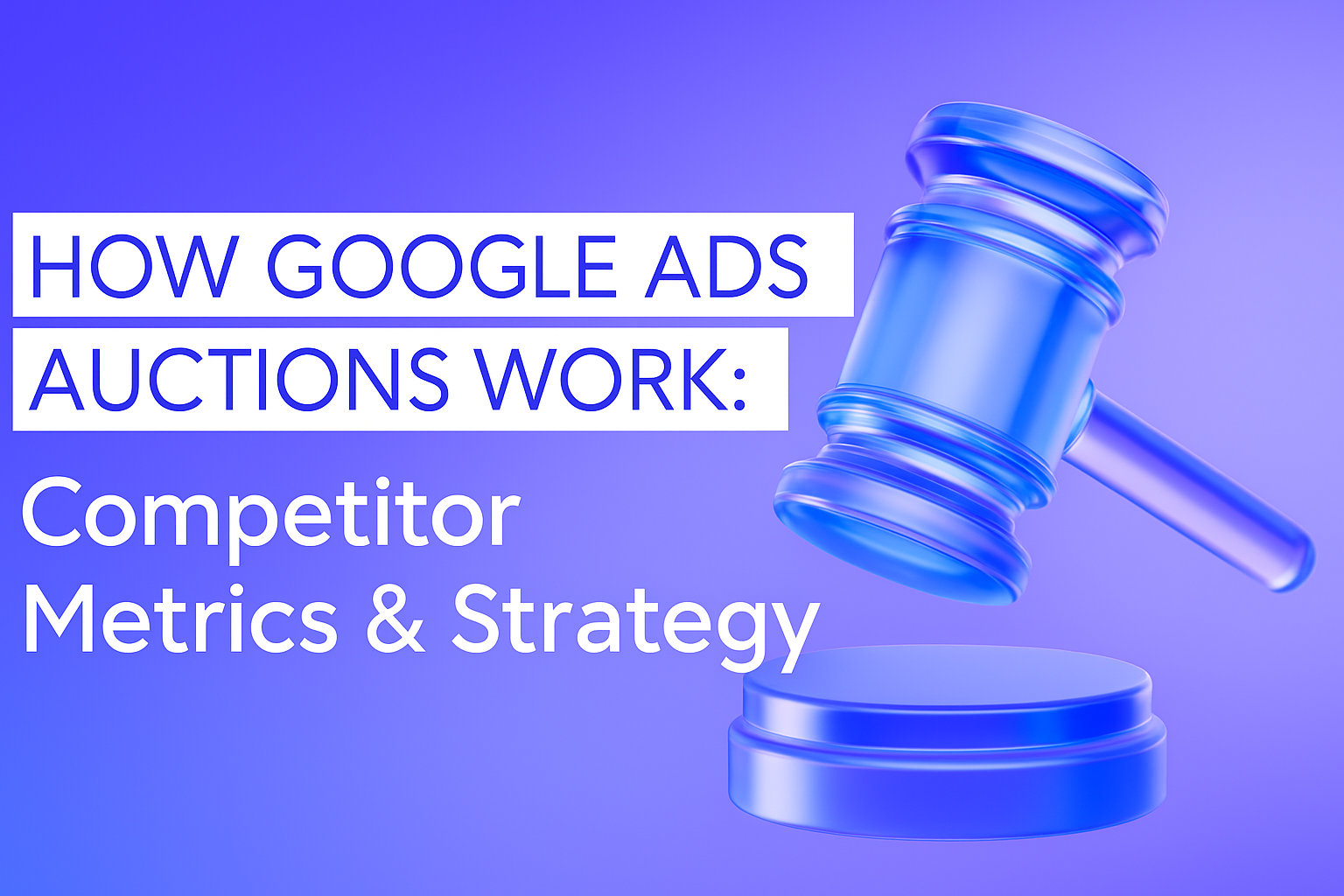What is Pay-Per-Click (PPC)
Pay-Per-Click (PPC) advertising in Google Ads is a popular digital marketing channel that can drive a significant boost to your business. However, without proper management, the costs of PPC campaigns can quickly spiral out of control. Reducing costs while maintaining or improving performance is crucial for maximizing return on investment (ROI). In this article, we’ll look at various strategies that will help you effectively reduce your PPC costs and avoid going crazy trying to optimize your PPC budget
Understanding PPC Costs
Trying to reduce PPC costs can be challenging. This depends on several factors, including keyword competitiveness, Quality Score, and bidding strategies. Understanding these factors is the first step in managing your PPC budget more efficiently.
Set up conversion tracking!
But first, let’s discuss one crucial thing, without which everything that follows simply won’t work. It’s incredible but true that nowadays, 90% of our clients have issues with conversion tracking. It’s either incorrectly set up or not set up at all. Without understanding the actual cost of a conversion, you cannot manage your expenses.
Set up the most important conversions and make sure to add columns with conversions (quantity, rate and cost) at least at the campaign, keyword, and search terms levels:
An example of conversion columns on the campaign level
Only by using properly configured analytics tools will you obtain the data necessary to monitor and optimize your PPC campaigns. By analyzing this data, you can make informed decisions to reduce costs and improve performance. Use this data to identify areas for improvement.
Keyword Competitiveness
Highly competitive keywords are often very expensive. By targeting long-tail or less competitive keywords, you can reduce costs while still reaching a relevant audience.
Keyword research
Avoid using 2-word phrases, or set lower bids for them with manual strategies. Make keyword research via Keyword Planner, identify negative keywords, and divide the keywords that suit you into groups. For example, you have a list:
- flower delivery
- flower delivery NY
- cheap flower delivery
- flower delivery Brilliance
Grouping
The first three keywords need to create their own groups – “flower delivery”, “flower delivery in New York” and “cheap flower delivery”. Grouping keywords allows you to achieve high ad relevance.
Negative keywords
“Brilliance Flower Delivery” will be a negative phrase for us, since it most likely implies a competitor’s brand. We will add Brilliance to the list of negative words at the campaign level. Conduct the selection of negatives for the list obtained as a result of research as carefully as possible. And after the launch of the campaign, regularly analyze search queries and collect negatives from them.
Negative keywords prevent your ads from showing up for irrelevant searches. Some business niches can attract 30-60% of irrelevant search queries when launching a campaign. By adding negative keywords, you can gradually reduce wasted spend and improve the efficiency of your campaign.
Cross-negative keywords
And the words New York, NY and cheap should be added as negative words at the level of the “flower delivery” group, so that the system shows cheaper and more relevant keys in response to search queries containing them.
Nowadays, the match type boundaries have become much looser, so at the campaign level, you also need to add flower types – roses, hyacinths, tulips, etc., because your next campaigns will be those that will be dedicated to each flower type separately.
| Keyword | Group | Campaign negatives | Cross-negatives |
| flower delivery | flower delivery | Brilliance, roses, hyacinths, tulips | New York, NY, cheap |
| flower delivery NY | flower delivery NY | ||
| cheap flower delivery | cheap flower delivery | ||
| flower delivery Brilliance | – |
Use match types correctly
When starting a campaign, use phrase and exact match types. Use broad match only if two conditions are met – you have accumulated a sufficient number of negative keywords and you have switched to an automated bid strategy that gives stable results.
Continue to do this keyword optimization for cleaner results and your efforts will definitely be rewarded lower PPC ad spend.
Ad Texts and Images
Compelling ad copy and attractive design will definitely improve your CTR and QS. You remember that this will ultimately reduce your costs, right?
Writing Effective Ad Headlines and Texts
Your ad copy should be clear, concise, and relevant to the user’s search query. Highlight the benefits of your product or most competitive services by including assets in your ad copy and in different types of ad-extensions.
Design Elements
Don’t forget to use images and logos in your ads. If your ad is visually appealing, you are near the goal. A well-designed ad will attract more clicks and improve the overall effectiveness of your campaign.
Improve your Quality Score
Each keyword receives a quality score (QS) after a certain period of time after the campaign starts. It is based on the relevance of the keywords, the quality of the landing pages and the expected click-through rate (CTR). It is necessary to continuously improve the QS – this will reduce the cost per click (CPC), since QS directly affects it, being one of the main variables in the auction.
Here are some tips to boost your Quality Score:
Relevance
Create headlines and ad text that are as relevant as possible to the keywords you use. Together with careful keyword grouping, relevant ad text will ensure a high match to the intent the user expresses in the search query.
Landing Page Experience
Relevance requirements also apply to the content on your landing page. In addition, it should have maximum loading speed, an adaptive version for convenience on mobile devices, and comply with all privacy policies.
Let your benchmarks be 3% for CTR and 5 for quality score. If in reality they are below this threshold, then you need to go back to the analysis and review of all your previous actions.
Targeting and Scheduling
Explore your target audience and try to choose the closest targeting to it. Showing ads to the right audience at the right time will help reduce costs.
Audience Targeting
Choose specific audience targeting to reach users who are most likely to be interested in your product or service. You can use demographic targeting, in-market audiences, and custom audiences. Be sure to use remarketing, both as a standalone campaign and as observation audiences in existing campaigns.
Advertising Scheduling
Analyze your campaign data to determine the best time to show your ads. There are often times when your target audience is most active. You can set higher bid adjustments to show your ads during peak times.
PPC bid management tips
Efficient bid management can help you control your PPC spend and make the most of your budget.
Manual Bids
A best practice is to use manual bids right after the campaign starts. This allows you to set bids for individual keywords based on auction data. It also gives you the opportunity to accumulate conversion data to move to
Automated Bidding
Once you get 5 or more conversions per month for a single campaign, you can move to using automated bidding strategies offered by Google Ads, such as Maximise Conversions with Target CPA, Maximise Conversion Value or other cost-saving strategies. They use machine learning to optimize your bids in real-time. Automated strategies have been in use since 2016 and have proven to be effective and scalable.
A/B Testing and Optimization
Continuously optimize your campaigns through A/B testing. This allows you to compare different versions of your ad elements to see which ones perform best.
Testing Ad Variations
Create multiple versions of your ad copy and design, then test them against each other. Analyze the results and determine which elements perform best.
Results-Based Optimization
Use the information you gain from A/B testing to improve your ads and increase their performance. This iterative process can help you both increase conversions and decrease their cost over time.
Conclusion
Thorough keyword research, effective ad copy and design, continuous optimization, and data-driven decision making are the key components of a strategic approach that will lead to reduced PPC costs. By implementing these strategies, you will reduce your advertising costs while improving the performance of your campaign. Always keep in mind that the secret to successful PPC advertising is continuous optimization and the ability to understand and adapt to changing market conditions.
